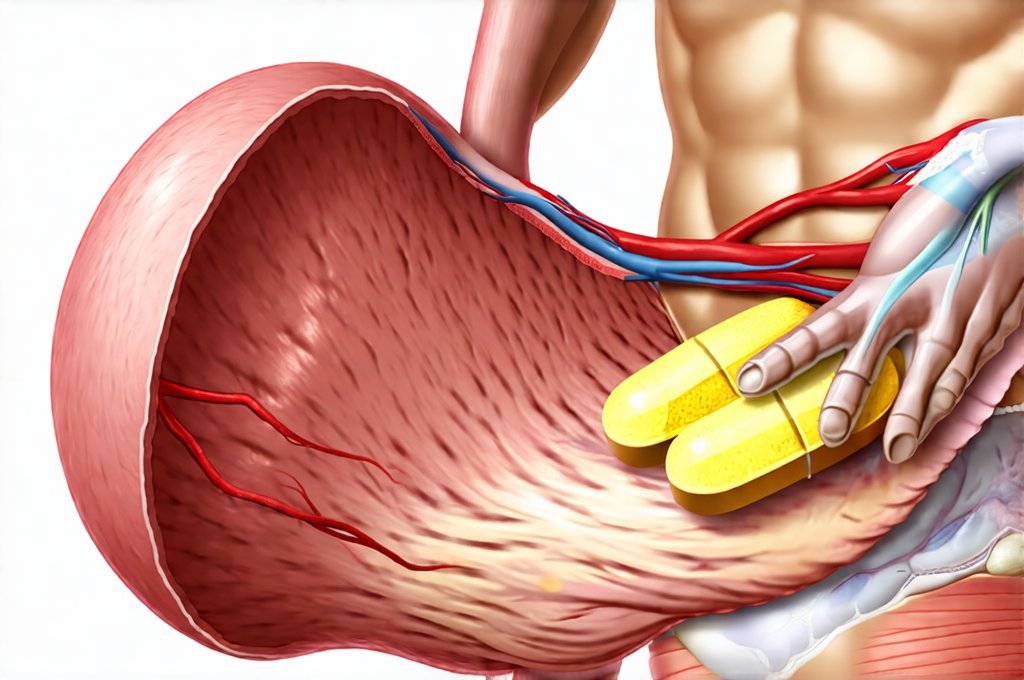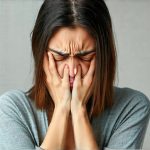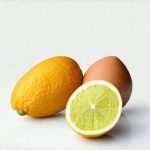Bladder pain can be debilitating, disrupting daily life and causing significant distress. Many people immediately think of medication as the only solution, but often, simple lifestyle adjustments and self-care techniques can provide substantial relief – even without pharmaceutical intervention. This article explores a holistic approach to managing bladder pain, focusing on strategies that empower you to take control of your well-being and minimize discomfort naturally. We’ll delve into practical methods for soothing symptoms, identifying potential triggers, and building long-term resilience.
It’s important to acknowledge that bladder pain can stem from various sources – infections, interstitial cystitis (IC), overactive bladder, or even stress. While this article focuses on calming the sensation of bladder pain without medication, it is crucial to consult a healthcare professional for an accurate diagnosis and to rule out any underlying medical conditions requiring specific treatment. This information is not intended to replace professional medical advice, but rather to complement it with proactive self-management techniques you can incorporate into your routine.
Understanding the Pain Cycle & Natural Approaches
The experience of bladder pain often creates a vicious cycle. Pain leads to anxiety and tension, which then exacerbates the pain itself. This makes relaxation and stress management paramount in any approach to calming bladder discomfort. Techniques like deep breathing exercises, mindfulness meditation, and gentle yoga can interrupt this cycle by promoting a sense of calm and reducing muscle tension in the pelvic floor – an area frequently affected by bladder issues. Progressive muscle relaxation, where you systematically tense and release different muscle groups, can also be incredibly effective.
Beyond stress reduction, dietary modifications play a significant role for many individuals experiencing bladder pain. Certain foods and beverages are known irritants that can exacerbate symptoms. Common culprits include caffeine, alcohol, citrus fruits, spicy foods, artificial sweeteners, and carbonated drinks. Keeping a detailed food diary to track what you eat and how it affects your pain levels can help identify your personal triggers and allow you to adjust your diet accordingly. Hydration is also key, but avoid excessive fluid intake right before bedtime as this can increase the frequency of urination. If you struggle with nighttime bladder issues, consider reading how to calm an overactive bladder at night for more guidance.
Finally, pelvic floor physical therapy (PFPT) is a highly effective non-medication approach for many bladder pain sufferers. A qualified PFPT therapist can assess your pelvic floor muscles and teach you exercises to strengthen or relax them, improving bladder control and reducing pain. It’s important to find a therapist specializing in pelvic health as they understand the unique challenges associated with bladder dysfunction.
Lifestyle Modifications & Symptom Management
Making small but consistent changes to your lifestyle can have a profound impact on bladder pain. This includes optimizing bathroom habits – practicing timed voiding (urinating at regular intervals, even if you don’t feel the urge) can help retrain your bladder and reduce urgency. Avoid “just in case” urination, as this weakens bladder control over time. Similarly, complete emptying of the bladder is important, but avoid straining or hovering excessively – both can irritate the pelvic floor muscles.
Clothing choices matter too. Tight-fitting clothing around the abdomen and groin area can put pressure on the bladder and exacerbate pain. Opt for loose, comfortable garments made from breathable fabrics. When sitting for prolonged periods, use a supportive chair and take frequent breaks to stretch and move around. Regular exercise, even light activity like walking, can help improve circulation, reduce stress, and strengthen pelvic floor muscles (when combined with appropriate PFPT exercises).
Consider creating a calming bedtime routine that promotes relaxation and reduces anxiety before sleep. This could include taking a warm bath, reading a book, listening to soothing music, or practicing mindfulness meditation. A restful night’s sleep is crucial for overall health and can significantly impact pain levels. If nighttime bladder pain is an issue, you might also find how to handle nighttime bladder pain for women helpful.
Pelvic Floor Exercises: A Deeper Dive
Pelvic floor exercises aren’t just for women! Both men and women can benefit from strengthening these muscles which support the bladder, bowel, and reproductive organs. However, it’s critical to perform them correctly. Incorrectly performed pelvic floor exercises can actually increase pain. That’s why seeking guidance from a PFPT therapist is so important.
A basic exercise involves contracting your pelvic floor muscles as if you were trying to stop the flow of urine midstream (but don’t practice this during urination itself – it can be harmful). Hold the contraction for a few seconds, then release. Start with 10 repetitions and gradually increase the number as your strength improves. Avoid holding your breath while performing these exercises, as this increases abdominal pressure.
Beyond strengthening, learning to relax the pelvic floor muscles is equally important. Many people unknowingly hold tension in this area, which can contribute to bladder pain. PFPT therapists can teach you techniques for relaxing these muscles, such as diaphragmatic breathing and gentle stretches.
Dietary Adjustments: Identifying Your Triggers
As mentioned earlier, food diaries are invaluable tools for identifying personal triggers. Start by eliminating common irritants from your diet – caffeine, alcohol, citrus fruits, spicy foods, artificial sweeteners, carbonated drinks – for a few weeks and observe whether your symptoms improve. Then, gradually reintroduce them one at a time to see if they cause any discomfort.
Focus on incorporating anti-inflammatory foods into your diet, such as fatty fish (salmon, tuna), berries, leafy green vegetables, and nuts. These foods can help reduce overall inflammation in the body, potentially alleviating bladder pain. Adequate hydration is crucial, but choose water over sugary drinks or diuretics like coffee and tea. Consider herbal teas like chamomile or ginger, known for their calming properties. To learn more about staying hydrated without irritation, read how to stay hydrated without bladder irritation in women.
Remember that everyone’s triggers are different. What bothers one person may not bother another. The key is to be patient, observant, and willing to experiment with your diet until you find what works best for you.
Mind-Body Techniques: Beyond Relaxation
While relaxation techniques like deep breathing and meditation are powerful tools, mind-body approaches extend beyond simply calming the nervous system. Visualization can be a particularly effective technique for managing pain. Imagine yourself in a peaceful setting, focusing on feelings of calm and comfort. This can help redirect your attention away from the pain and create a sense of control.
Biofeedback is another option, where sensors are used to monitor physiological responses like muscle tension and heart rate variability. This allows you to learn how to consciously control these functions, reducing stress and alleviating pain. Cognitive Behavioral Therapy (CBT) can also be incredibly helpful in changing negative thought patterns that contribute to anxiety and pain perception. A therapist trained in CBT can help you develop coping strategies for managing chronic pain and improving your overall quality of life.
It’s essential to remember that managing bladder pain is a journey, not a destination. There will be ups and downs, setbacks and triumphs. Be patient with yourself, celebrate small victories, and don’t hesitate to seek support from healthcare professionals and loved ones. By incorporating these natural approaches into your lifestyle, you can empower yourself to take control of your well-being and live a fuller, more comfortable life – even without relying solely on medication.





















